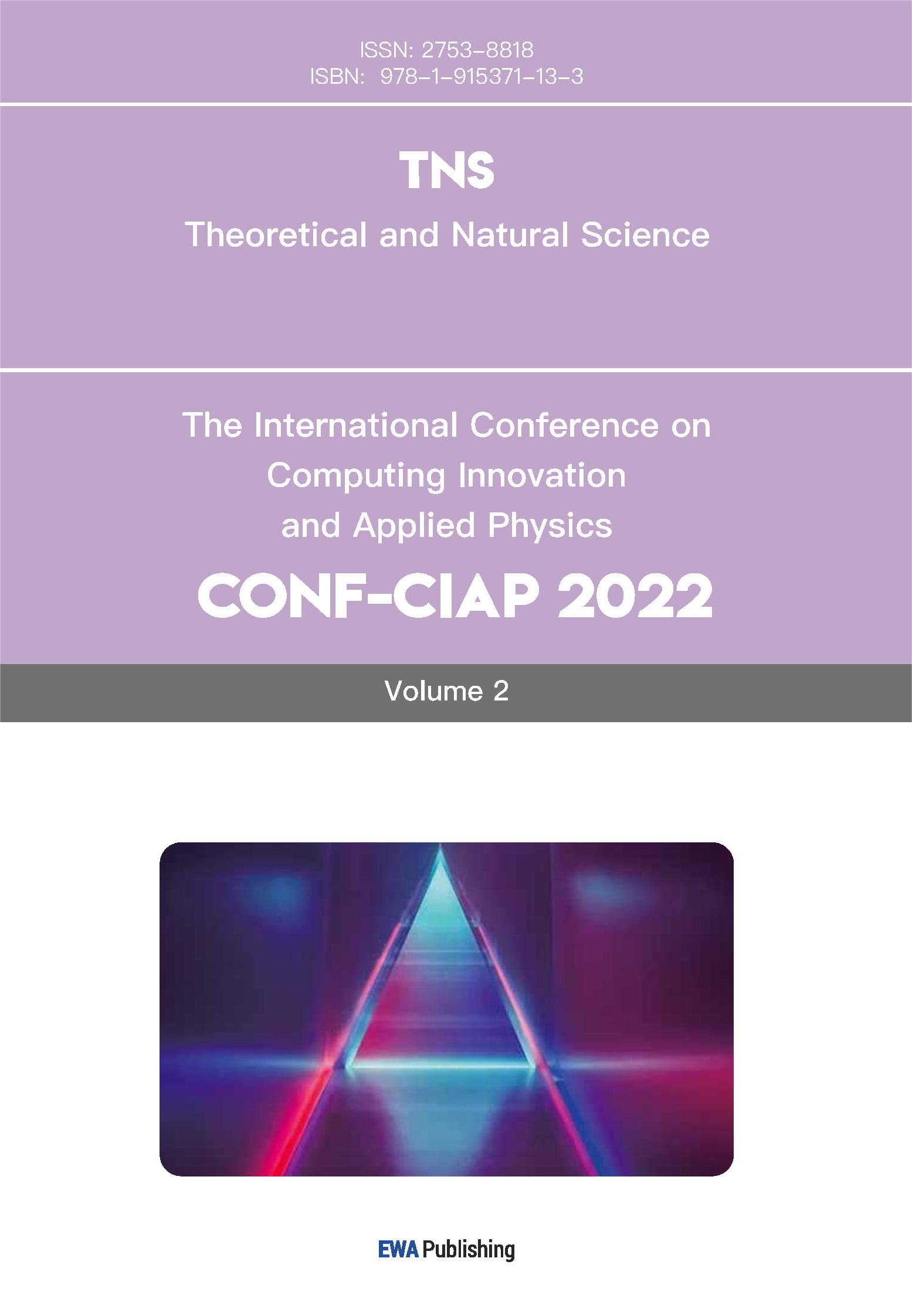References
[1]. Chen, D. S., Yao, Y., Ma, J., Chen, F., Liu, Z., Li, J., Xu, H., Wang, W., and Xu, K. (2022). A comprehensive landscape of renal cell carcinoma-specific gene expression patterns from TCGA and GTEx data. Nature Communications, 13(1), 5756.
[2]. Roussel, E., Brighi, N., Derosa, L., Bouché, O., Houot, R., and Vano, Y. (2022). Resistance to immune checkpoint inhibitors in renal cell carcinoma: Molecular mechanisms and future therapeutic perspectives. C(3), 7
[3]. Kaelin, W. G., Jr. (2017). The VHL tumor suppressor gene: Insights into oxygen sensing and cancer. Transactions of the American Clinical and Climatological Association, 128, 298–307.
[4]. Wallace, E. M., Rizzi, J. P., Han, G., et al. (2016). A small-molecule antagonist of HIF 2α is efficacious in preclinical models of renal cell carcinoma. Nature, 539(7627), 112–117.
[5]. U.S. Food and Drug Administration. (2021, August 13). FDA approves first HIF-2α inhibitor for von Hippel–Lindau disease–associated tumors.
[6]. Zhou, Y., Zhang, H., Zhang, Z., Feng, X., Zhang, S., and Chen, W. (2024). Belzutifan suppresses proliferation and induces apoptosis in renal cell carcinoma cells by targeting HIF-2α. Molecular and Cellular Biochemistry. Advance online publication.
[7]. Jonasch, E., Donskov, F., Iliopoulos, O., et al. (2021). Belzutifan for renal cell carcinoma in von Hippel–Lindau disease. New England Journal of Medicine, 385(21), 2036–2046.
[8]. Choueiri, T. K., et al. (2025). Belzutifan plus cabozantinib as first-line treatment for advanced ccRCC (LITESPARK-003). Lancet Oncology, 26(1), 64–73.
[9]. Silas, D. (2023, February 17). Belzutifan/lenvatinib combination shows auspicious signals in RCC. Tar.
[10]. Makhov, P., Joshi, S., Ghatalia, P., Kutikov, A., Uzzo, R. G., and Kolenko, V. M. (2020). Resistance to systemic therapies in clear cell renal cell carcinoma: Mechanisms and management strategies. Frontiers in Oncology, 10, Article 313.
[11]. Choueiri, T. K., Motzer, R. J., Albiges, L., Campbell, M. T., Kollmannsberger, C., Plimack, E. R., Jonasch, E., McDermott, D. F., Escudier, B., George, S., Hammers, H. J., Rini, B. I., Powles, T., and Sharma, P. (2024). Nivolumab plus ipilimumab versus sunitinib for first-line treatment of advanced renal cell carcinoma: 6-year follow-up of the CheckMate 214 study. European Urology, 86(2), 165–175.
[12]. Cho, H. Y., Lee, S. H., Park, H. S., Lee, K. H., Kim, J. Y., and Brugarolas, J. (2021). Inhibition of hypoxia-inducible factor-2α in renal cell carcinoma with belzutifan: a phase 1 trial and biomarker analysis. Nature Medicine, 27(5), 802–805.
[13]. Liu, H., Gunda, V., Heisel, A., Holcomb, T., Van Scoyk, A., Baturevych, A., Mulligan, G., and Josey, J. A. (2022). Abstracted HIF2α mutations convey resistance to HIF2α inhibitors in renal cell carcinoma. Proceedings of the National Academy of Sciences, 119(9), e2120403119.



